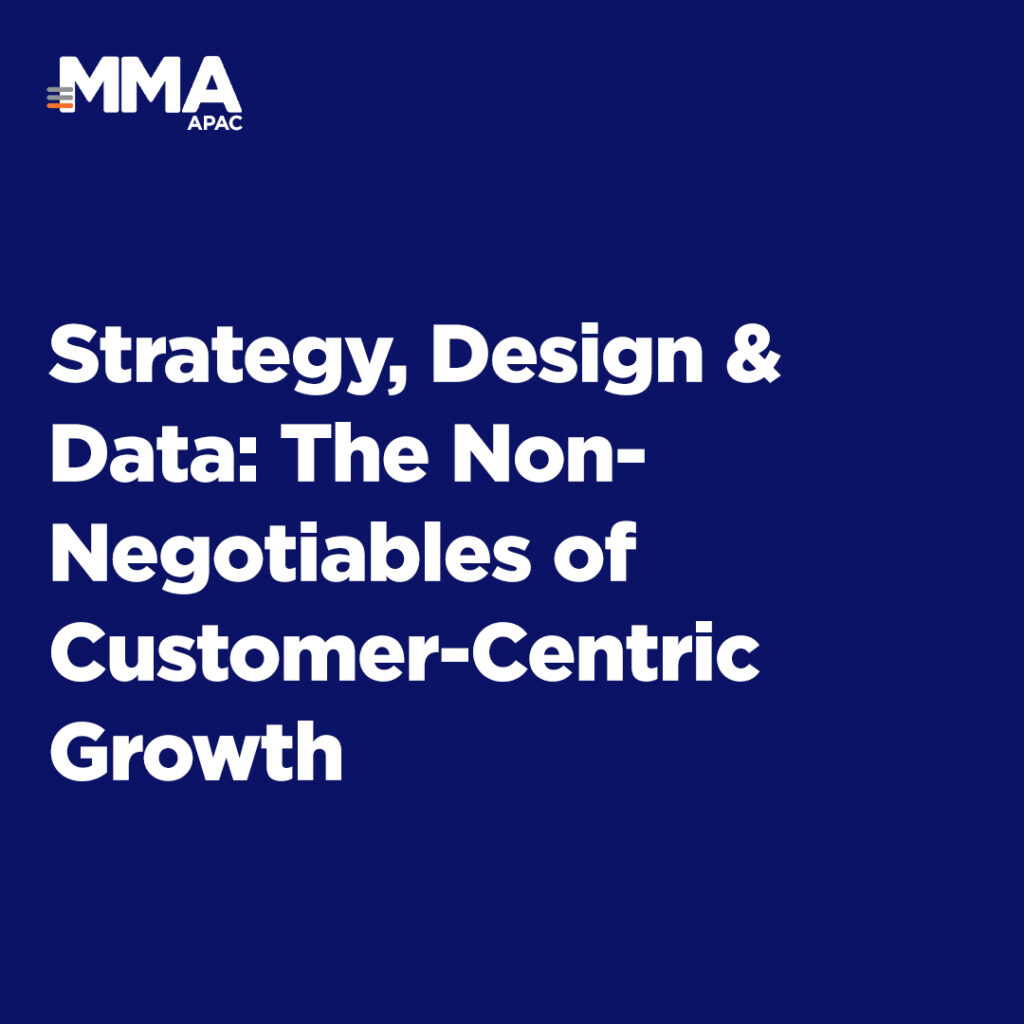
Embracing Digital Transformation: Leadership, Agility, and Innovation
In today’s fast-evolving world, digital transformation is reshaping industries, redefining how businesses operate, compete, and innovate. However, successful transformation hinges not only on technology but also on strong leadership, strategic agility, and a culture that fosters adaptability and collaboration. Here are the key insights for navigating this critical journey:
Digital Literacy as a Non-Negotiable
To begin with, digital literacy has become foundational in the modern business environment. It’s no longer just about understanding technology but also about committing to continuous learning to stay ahead of advancements. Moreover, organizations that cultivate an environment of lifelong learning equip their teams to adapt and thrive amid change, ensuring resilience in the face of disruption.
Agility and Adaptability: Essential for Success
In addition to digital literacy, agility, and adaptability have emerged as defining characteristics of organizations that excel in volatile markets. The ability to pivot in response to challenges or opportunities allows businesses to maintain relevance and achieve growth. Furthermore, leadership that encourages a mindset of flexibility and readiness ensures teams are well-equipped to tackle both the expected and the unforeseen.
Collaboration: The Catalyst for Innovation
Meanwhile, innovation thrives in a culture of collaboration. When diverse perspectives are encouraged and shared, creativity flourishes. For example, effective leaders build trust and foster open communication within their teams, creating an environment where new ideas can emerge and take shape. Consequently, this culture of collaboration accelerates problem-solving and enhances overall productivity.
Balancing Legacy Systems with Modern Innovation
At the same time, transitioning from legacy systems to advanced technologies remains one of the most significant hurdles in digital transformation. A measured approach that strategically integrates new tools while leveraging the strengths of existing systems is vital. As a result, businesses can ensure operational continuity, minimize disruptions, and pave the way for sustainable growth.
Communication as a Change Enabler
In addition, clear and consistent communication is at the heart of successful change management. Articulating a compelling vision and aligning goals across teams helps reduce resistance and build trust. When employees fully understand their role in the transformation process, they become active participants in driving progress.
Artificial Intelligence: Partnering with Technology
On another front, artificial intelligence has transitioned from being a buzzword to becoming a transformative ally in business operations and creativity. By using AI to augment human capabilities, organizations can innovate at scale, streamline workflows, and unlock new opportunities. However, leaders must prioritize integrating AI thoughtfully, ensuring it enhances creativity and productivity without diminishing the human element.
Key Strategies for Navigating Digital Transformation
- Lifelong Learning: Leaders must champion ongoing education to inspire teams to stay informed and prepared for change.
- Curiosity and Clarity: A curious mindset drives exploration and innovation, while clear goals ensure alignment across the organization.
- Technological Integration: Leveraging advanced technologies strategically enhances efficiency and creates new growth avenues.
- Balancing Change and Continuity: A thoughtful approach to modernizing systems ensures stability while embracing innovation.
- Collaborative Culture: Fostering teamwork accelerates adaptation and skill development in dynamic environments.
- Customer-Centric Focus: Keeping the customer at the heart of transformation ensures strategies meet market needs effectively.
- AI for Creativity: Employing AI as a tool for innovation enables teams to work smarter and deliver impactful results.
Leadership: The Cornerstone of Transformation
Ultimately, digital transformation is as much about leadership as it is about technology. In fact, successful leaders embody curiosity, encourage collaboration, and remain focused on delivering value-driven innovation. They guide their organizations by balancing the need for agility with a steady commitment to core missions and values.
As the pace of technological advancements accelerates, businesses have an unprecedented opportunity to redefine their potential. With a clear vision, strong leadership, and a people-centric approach, digital transformation becomes not just a challenge to overcome but a pathway to greater innovation, growth, and success.



















